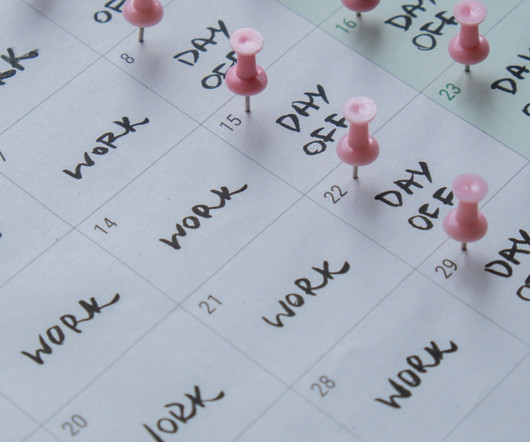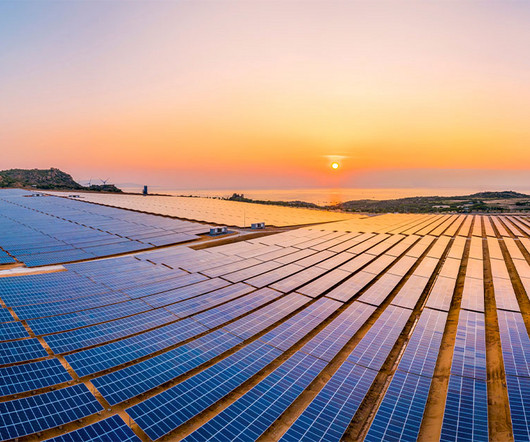Could the 4-Day Workweek Be the Answer to Better Work-Life Balance?
Success
DECEMBER 13, 2024
Societally, a four-day workweek could benefit the economy and the environment through outcomes like lower unemployment, increased productivity, boosts to tourism, greater gender equity, strengthened communities, a more sustainable lifestyle and a reduced carbon footprint. But once a flow is set, it is 100% worthwhile.














Let's personalize your content